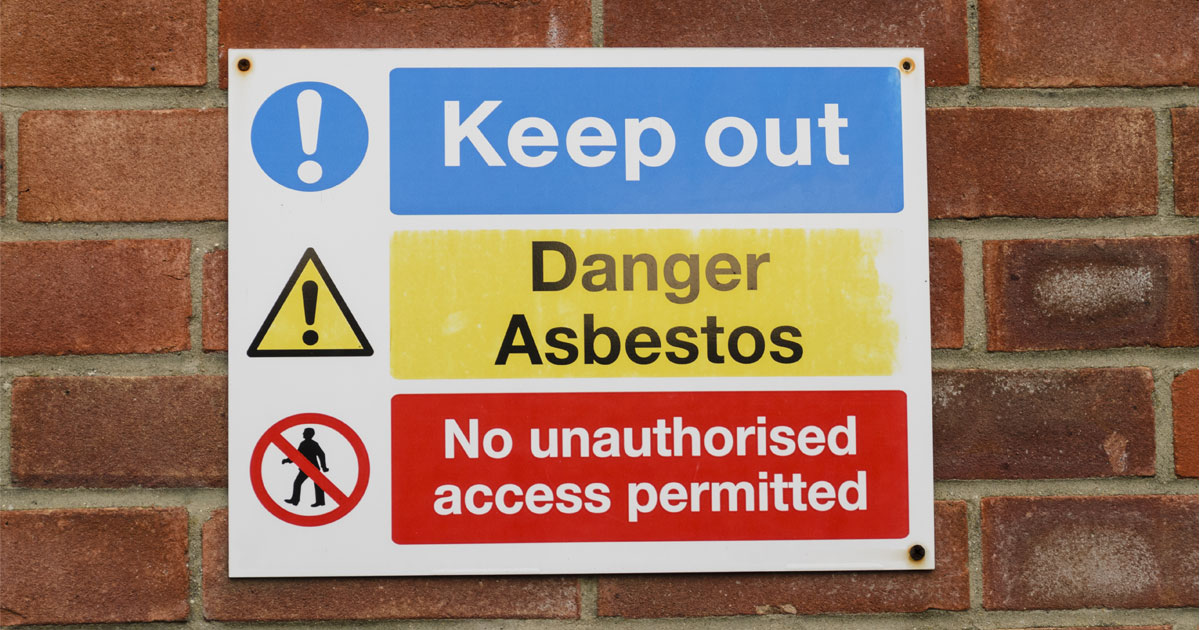
There are some people who develop mesothelioma or other asbestos-related diseases, even though they have no known direct exposure to asbestos. Unfortunately, if they live or spend a lot of time with someone who does work with asbestos, they are vulnerable to exposure to this toxin based on small amounts of asbestos fibers that the worker brings home with them.
Secondary asbestos exposure is often referred to as non-occupational exposure or second-hand exposure. Asbestos may come into the home through inadvertent transport on clothing, skin, and hair. Anyone living in the house is potentially exposed to asbestos.
Those most at risk for secondary asbestos include any family members living with an asbestos worker or anyone sharing the home, such as roommates. These individuals are twice as likely to develop an asbestos-related illness compared to members of the general public. Not everyone working with asbestos realizes their level of potential contamination. Asbestos may be present in a building, and crumbling fibers could attach to the worker.
Women are more at risk than men when it comes to secondary asbestos exposure. When it comes to mesothelioma and other asbestos-related illnesses, women are more likely to have received indirect, secondary exposure than primary exposure. Children of those working with asbestos may develop mesothelioma or other diseases at a young age.
Those working with asbestos can take steps to prevent them from bringing these toxins into their homes, which can potentially expose their loved ones. This requires following strict decontamination procedures after every potential asbestos exposure.
The strict use of personal protective equipment in the workplace should reduce the odds of bringing home contaminated items or having asbestos on the person. The worker should shower at the end of the shift and put on clean clothing. However, washing any contaminated clothing bring its own risks and should never take place at home.
Most people would think that carefully washing any clothing contaminated with asbestos is the way to get rid of the fibers. This is not true, and it can make the problem worse. Handling this clothing prior to washing causes exposure, and it is a possible reason why women may develop asbestos-related diseases. Throw out clothing known to have asbestos fibers on it or take the items to a facility capable of laundering them properly. If you live with an asbestos worker, pay careful attention to your health. The early signs of asbestos-related diseases may mimic other lung ailments, so go to the doctor whenever you suffer from a cough or other respiratory issue.
If you developed mesothelioma or other lung issues as a result of secondary exposure to asbestos, our skilled Philadelphia asbestos attorneys at Brookman, Rosenberg, Brown & Sandler will evaluate your case and determine if you are eligible for compensation. Contact us online or call us at 215-569-4000 to set up a free consultation. Located in Philadelphia, we serve clients throughout Pennsylvania and New Jersey, including Delaware County, Chester County, and Philadelphia County.